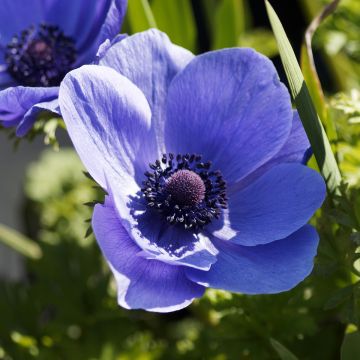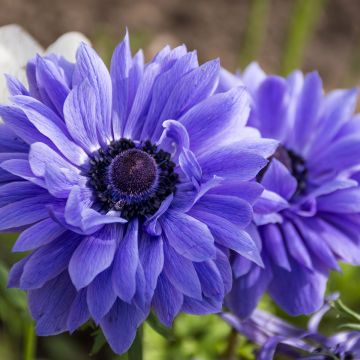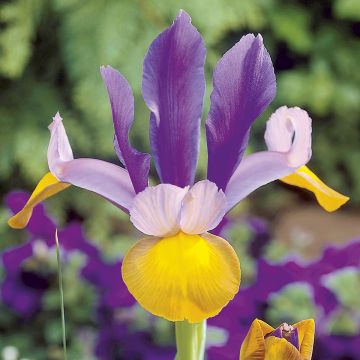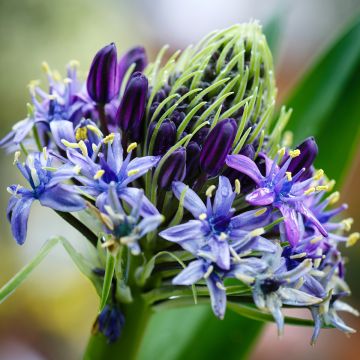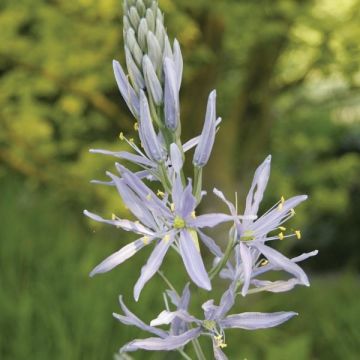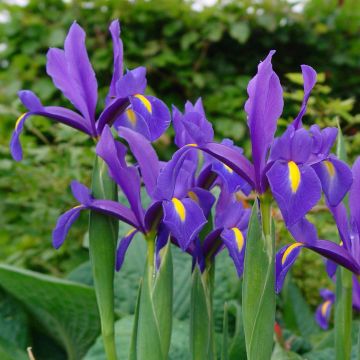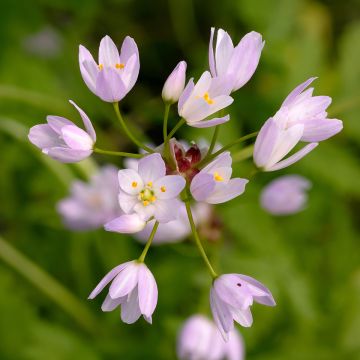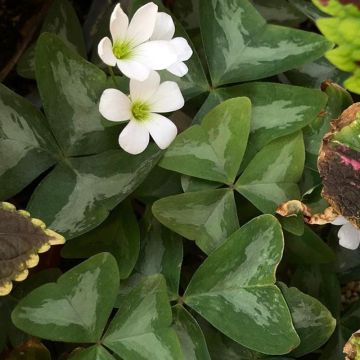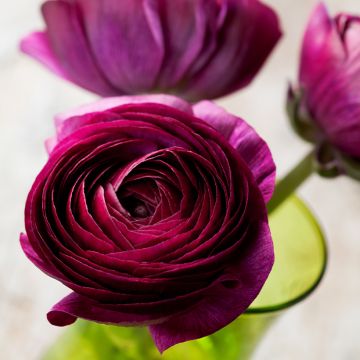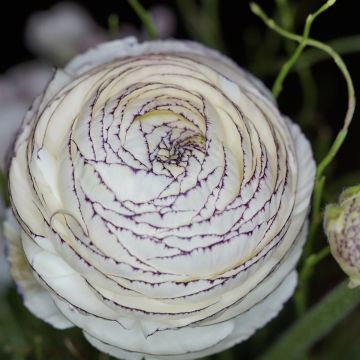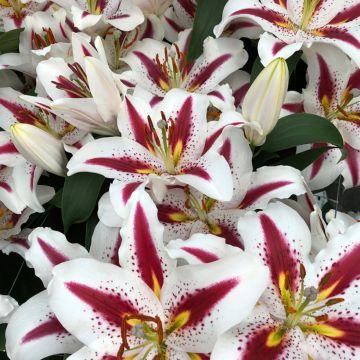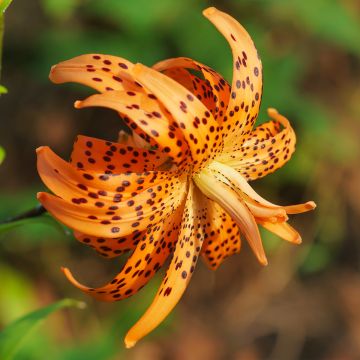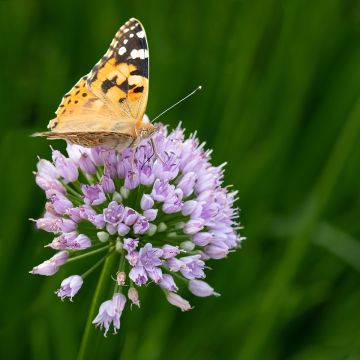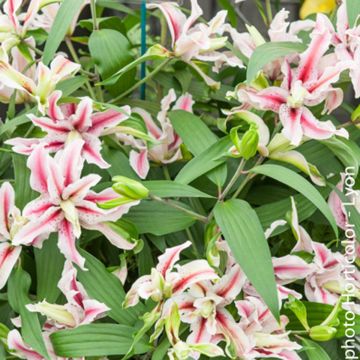Shipping country and language
Your country of residence may be:
Your country of residence is:
For a better user experience on our website, you can select:
Your shipping country:
-
Andorra
-
Austria
-
Belgium
-
Bulgaria
-
Canada
-
Chile
-
Croatia
-
Cyprus
-
Czechia
-
Denmark
-
Estonia
-
Finland
-
France
-
Germany
-
Greece
-
Hungary
-
Iceland
-
Ireland
-
Italy
-
Latvia
-
Lithuania
-
Luxembourg
-
Malta
-
Monaco
-
Netherlands
-
Poland
-
Portugal
-
Romania
-
Slovakia
-
Slovenia
-
Spain
-
Sweden
-
Switzerland
-
United Kingdom
We only deliver seed and bulb products to your country. If you add other products to your basket, they cannot be shipped.
Language:
-
French
-
German
-
Spanish
-
English
-
Italian
My Account
Hello
My wish lists
Log in / Register
Existing customer?
New customer?
Create an account to track your orders, access our customer service and, if you wish, make the most of our upcoming offers.
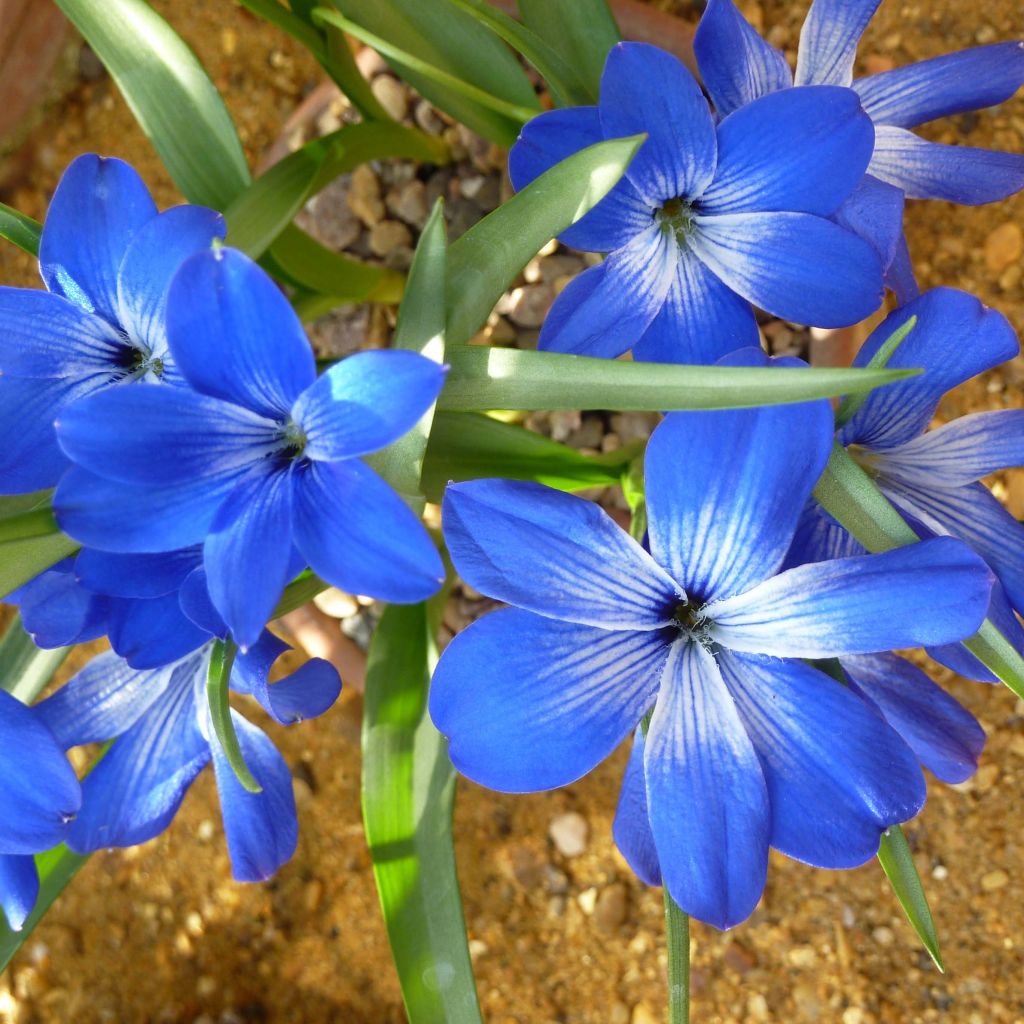

Crocus bleu du Chili - Tecophilaea cyanocrocus
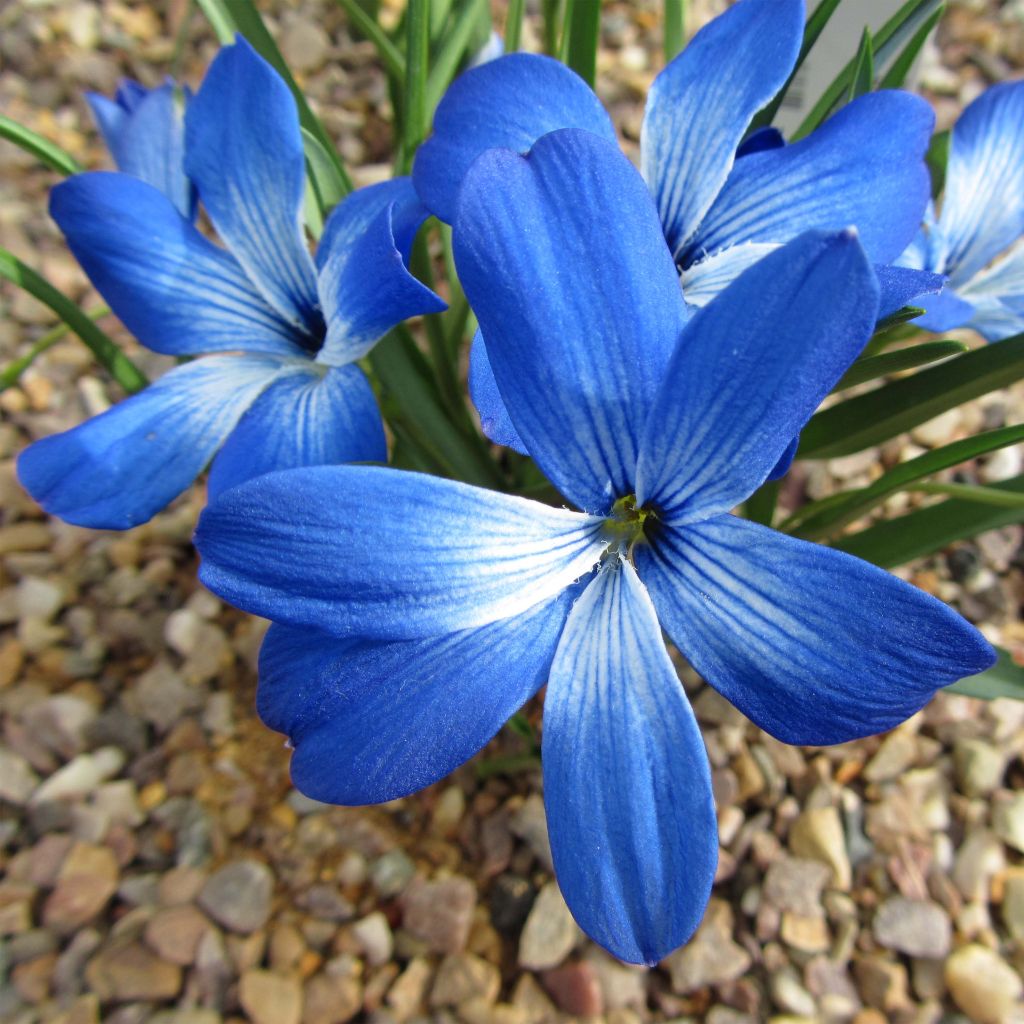

Crocus bleu du Chili - Tecophilaea cyanocrocus
Tecophilaea cyanocrocus
Tecophilaea cyanocrocus
Chilean blue crocus
Very pretty bulb. We are looking forward to the flowering, as we can have a cold winter here ... If everything goes well, we will order more next year." Texte révisé : "Very beautiful bulb. We are eagerly awaiting the flowering, as we can experience a cold winter here ... If all goes well, we will order more next year.
Christine, 13/10/2022
Why not try an alternative variety in stock?
View all →Order in the next for dispatch today!
Dispatch by letter from €3.90.
Delivery charge from €5.90 Oversize package delivery charge from €6.90.
More information
This item is not available in your country.
Schedule delivery date,
and select date in basket
This plant carries a 6 months recovery warranty
More information
We guarantee the quality of our plants for a full growing cycle, and will replace at our expense any plant that fails to recover under normal climatic and planting conditions.
From €5.90 for pickup delivery and €6.90 for home delivery
Express home delivery from €8.90.

Does this plant fit my garden?
Set up your Plantfit profile →
Description
The Blue Chilean Crocus, Tecophilaea cyanocrocus in Latin, came very close to disappearing from its native Chilean Andes. Victim of the success of its uniquely scented blue flowers, which could rival the most beautiful sapphire, this adorable little bulbous plant, miraculously rediscovered in 2001, owes its survival to passionate British enthusiasts who patiently multiplied and acclimatized it in alpine greenhouses. This little marvel is now saved and available to enthusiasts worldwide. To successfully cultivate it, one must remember its origins and provide it with a well-draining, sandy and humus-rich soil, dry in summer and winter. Its resistance to frost is also linked to the dryness of the soil.
The Blue Chilean Crocus is a plant from the family Tecophilaeaceae native to the Cordillera de Santiago, where it spontaneously grows at an altitude of 3000m (9842ft) on rocky and dry slopes, protected by a snowy blanket in winter. This botanical species flowers in our climates in February or March, depending on the climate. Its cup-shaped flowers, solitary or more often borne in pairs, are carried by stems 10 to 15cm (4 to 6in) long. They bloom into stunning bicoloured star-shaped flowers with 6 oval petals, 5cm (2in) wide. The centre of the flower is marked by a small almost black area and fine white stripes. The flowers easily produce seeds, contained in a small triangular capsule. These seeds germinate easily after a period of cold. The foliage is deciduous, composed of 2 or 3 linear leaves, 12cm (5in) long and 4 to mm wide, with a slightly shiny bronze-green colour. The 'bulbs' are actually corms. A corm is an underground storage organ that resembles a bulb but is formed by a swollen stem, an almost spherical rootstock, surrounded by a fibrous tunic. Like many crocuses, this Tecophilaea goes dormant in summer. In our climates, its growth resumes in autumn or winter.
The Blue Chilean Crocus is known for being a temperamental plant, difficult to cultivate and frost-sensitive. According to some sources, it can still withstand -10°C (14°F) in dry soil. Outside Mediterranean regions, it is preferable to cultivate it in a pot to protect it from summer rains and the damp cold of winter. As an alternative, these pots can be placed directly in the ground during the warmer months, removed and kept dry in summer, and protected in winter. Pair its unbelievably blue flowers with those of the Golden Crocus, Crocus chrysanthus, they will emerge at around the same time from stones bleached by the sun. This little bulbous plant also thrives when planted in pots for outdoor use.
Report an error about the product description
Tecophilaea cyanocrocus in pictures
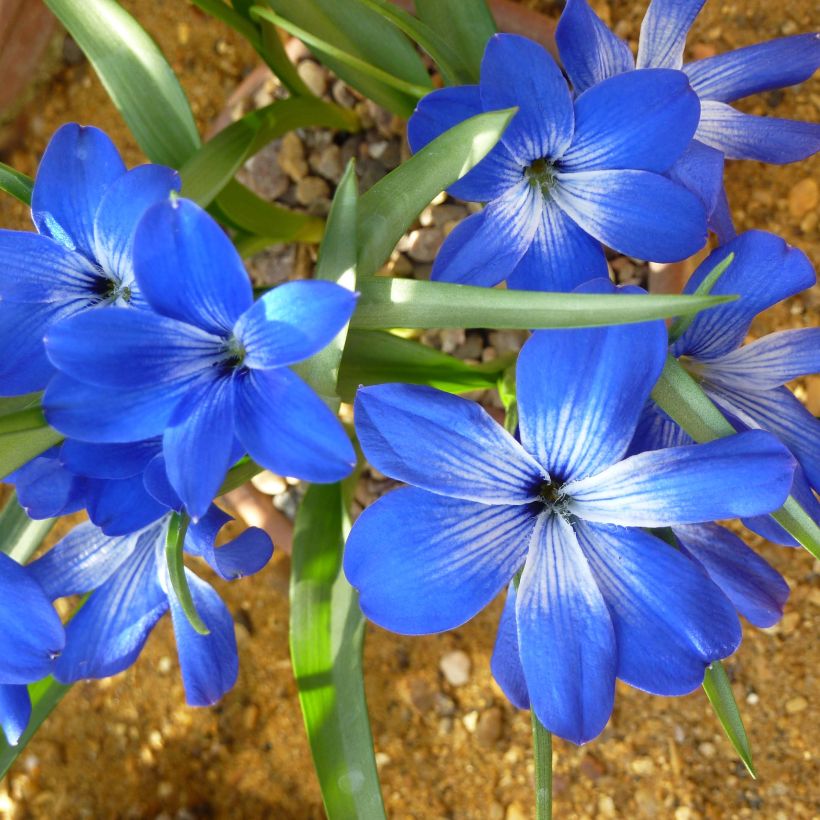

Plant habit
Flowering
Foliage
Botanical data
Tecophilaea
cyanocrocus
Tecophilaeaceae
Chilean blue crocus
Andes Mountains
Other Spring bulbs A to Z
Planting and care
The blue Chilean Crocus is preferably cultivated in a pot to store it during winter and/or summer, outside of Mediterranean regions spared by heavy frosts. It grows on very light and well-drained, rocky, neutral to slightly acidic soils, and prefers a very sunny exposure. It is also important to protect it from cold winds. The ideal substrate should consist of a blend of soil, coarse sand, and turf, ensuring very good drainage at the bottom of the planting hole or pot. Beware of slugs, which are fond of the leaves and flower buds!
In summer, the bulbs should be kept dry until autumn, which is usually when vegetation resumes. They can withstand temperatures down to -7°C (19.4°F) under a thick protective mulch. Planting is done in autumn, burying the corms 5cm (2in) deep and spacing them 5 to 10cm (2 to 4in) apart. The plants have the best effect when planted in groups of 5 to 10 specimens. Once acclimatized and established, they multiply rapidly and easily through spontaneous sowing. The Chilean Crocus requires no particular maintenance. Care must be taken not to cut the foliage before it turns yellow.
Planting period
Intended location
Care
-
, onOrder confirmed
Reply from on Promesse de fleurs
Haven't found what you were looking for?
Hardiness is the lowest winter temperature a plant can endure without suffering serious damage or even dying. However, hardiness is affected by location (a sheltered area, such as a patio), protection (winter cover) and soil type (hardiness is improved by well-drained soil).

Photo Sharing Terms & Conditions
In order to encourage gardeners to interact and share their experiences, Promesse de fleurs offers various media enabling content to be uploaded onto its Site - in particular via the ‘Photo sharing’ module.
The User agrees to refrain from:
- Posting any content that is illegal, prejudicial, insulting, racist, inciteful to hatred, revisionist, contrary to public decency, that infringes on privacy or on the privacy rights of third parties, in particular the publicity rights of persons and goods, intellectual property rights, or the right to privacy.
- Submitting content on behalf of a third party;
- Impersonate the identity of a third party and/or publish any personal information about a third party;
In general, the User undertakes to refrain from any unethical behaviour.
All Content (in particular text, comments, files, images, photos, videos, creative works, etc.), which may be subject to property or intellectual property rights, image or other private rights, shall remain the property of the User, subject to the limited rights granted by the terms of the licence granted by Promesse de fleurs as stated below. Users are at liberty to publish or not to publish such Content on the Site, notably via the ‘Photo Sharing’ facility, and accept that this Content shall be made public and freely accessible, notably on the Internet.
Users further acknowledge, undertake to have ,and guarantee that they hold all necessary rights and permissions to publish such material on the Site, in particular with regard to the legislation in force pertaining to any privacy, property, intellectual property, image, or contractual rights, or rights of any other nature. By publishing such Content on the Site, Users acknowledge accepting full liability as publishers of the Content within the meaning of the law, and grant Promesse de fleurs, free of charge, an inclusive, worldwide licence for the said Content for the entire duration of its publication, including all reproduction, representation, up/downloading, displaying, performing, transmission, and storage rights.
Users also grant permission for their name to be linked to the Content and accept that this link may not always be made available.
By engaging in posting material, Users consent to their Content becoming automatically accessible on the Internet, in particular on other sites and/or blogs and/or web pages of the Promesse de fleurs site, including in particular social pages and the Promesse de fleurs catalogue.
Users may secure the removal of entrusted content free of charge by issuing a simple request via our contact form.
The flowering period indicated on our website applies to countries and regions located in USDA zone 8 (France, the United Kingdom, Ireland, the Netherlands, etc.)
It will vary according to where you live:
- In zones 9 to 10 (Italy, Spain, Greece, etc.), flowering will occur about 2 to 4 weeks earlier.
- In zones 6 to 7 (Germany, Poland, Slovenia, and lower mountainous regions), flowering will be delayed by 2 to 3 weeks.
- In zone 5 (Central Europe, Scandinavia), blooming will be delayed by 3 to 5 weeks.
In temperate climates, pruning of spring-flowering shrubs (forsythia, spireas, etc.) should be done just after flowering.
Pruning of summer-flowering shrubs (Indian Lilac, Perovskia, etc.) can be done in winter or spring.
In cold regions as well as with frost-sensitive plants, avoid pruning too early when severe frosts may still occur.
The planting period indicated on our website applies to countries and regions located in USDA zone 8 (France, United Kingdom, Ireland, Netherlands).
It will vary according to where you live:
- In Mediterranean zones (Marseille, Madrid, Milan, etc.), autumn and winter are the best planting periods.
- In continental zones (Strasbourg, Munich, Vienna, etc.), delay planting by 2 to 3 weeks in spring and bring it forward by 2 to 4 weeks in autumn.
- In mountainous regions (the Alps, Pyrenees, Carpathians, etc.), it is best to plant in late spring (May-June) or late summer (August-September).
The harvesting period indicated on our website applies to countries and regions in USDA zone 8 (France, England, Ireland, the Netherlands).
In colder areas (Scandinavia, Poland, Austria...) fruit and vegetable harvests are likely to be delayed by 3-4 weeks.
In warmer areas (Italy, Spain, Greece, etc.), harvesting will probably take place earlier, depending on weather conditions.
The sowing periods indicated on our website apply to countries and regions within USDA Zone 8 (France, UK, Ireland, Netherlands).
In colder areas (Scandinavia, Poland, Austria...), delay any outdoor sowing by 3-4 weeks, or sow under glass.
In warmer climes (Italy, Spain, Greece, etc.), bring outdoor sowing forward by a few weeks.
